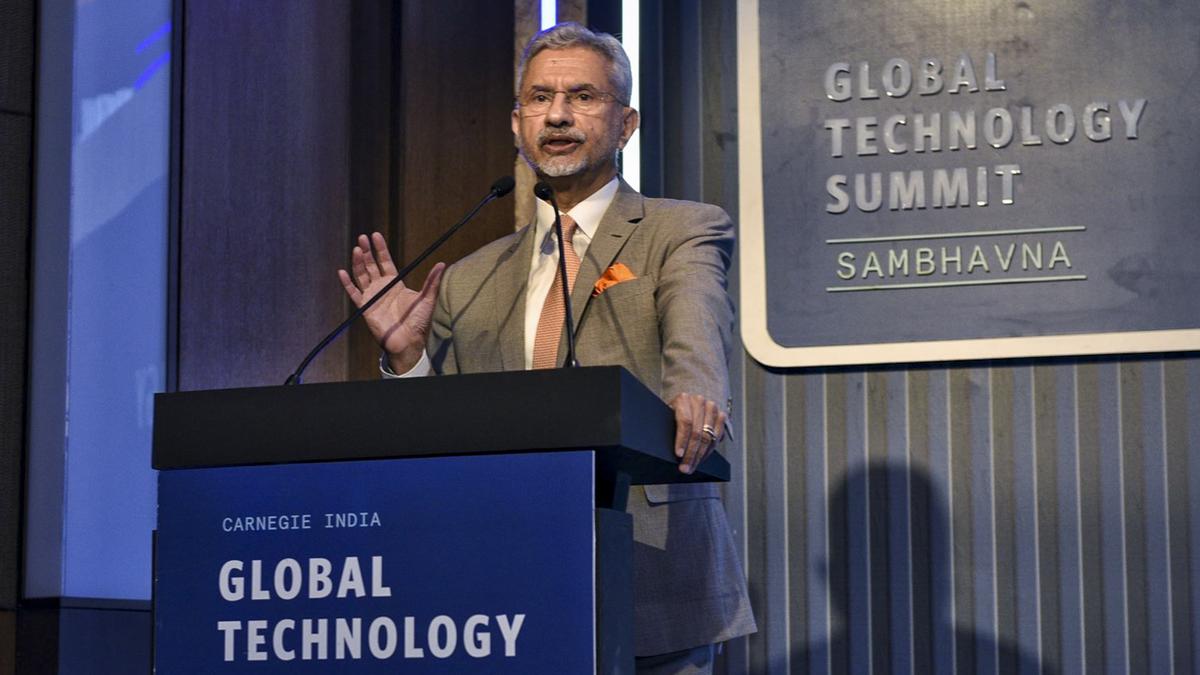Days after an Improvised Explosive Device (IED) blast in an autorickshaw rocked Karnataka, the state police have beefed up the security near major temples in the coastal region, officials privy to the matter said on Sunday.
On November 19, an explosion was reported in an auto-rickshaw in Mangaluru, injuring the driver, Purshottam Pujari, and the passenger, Mohammed Shariq (24), also the prime accused in the case.
Additional security has been provided after the two major temples authorities’ approached the police, said an official. Even though it has not been officially confirmed by the police, social media posts in the coastal region have been claiming that Kadri Manjunatha Swami Temple was the target of the IED attack.
It was a post by a little-known organisation claiming credit for the attack that started the speculation that temples were targeted. The outfit which goes by the name Islamic Resistance Council (IRC) had claimed responsibility for the blast in Mangaluru, HT had reported earlier. The outfit’s post that has been doing rounds on an instant messaging app said that its “Mujahid brother Mohammed Shariq attempted to attack a Hindutva Temple in Kadri”.
Following this, the temple authorities had approached the police.
An official of the Kadri Sri Manjunatha Temple, on anonymity said they have requested the Mangaluru City Police “to provide protection to the shrine” in the wake of the blast.
Kadri temple executive officer P Jayamma said that the police protection request was made after social media posts started doing rounds indicating Kadri temple was the target.
‘Frequent surveillance’
“The temple took a decision to seek police security on Thursday. The police have been carrying out surveillance at the temple frequently. They visited the temple on Friday and Saturday also as a part of the surveillance,”Jayamma said.
Meanwhile, Mangaluru City Police commissioner N Shashi Kumar said, “An anti-sabotage team and a dog squad have been carrying out checking at the places, where people gather in large numbers”.
“The police presence and surveillance at the temples have been increased at various temples across the city as well,” he added. Karnataka home minister Araga Jnanendra on Friday said the Centre has directed the National Investigation Agency to probe the blast case based on the state government’s request.
In a statement, Jnanendra said that the state had recommended an NIA probe into the cooker bomb blast which the Union ministry of home affairs accepted and ordered a probe by the premier investigation agency.
“With regard to the incident that occurred within the Kankanadi police station limits, the state government had taken a decision to recommend an NIA probe based on the evidences and other information collected during the preliminary investigation,” the home minister said in his statement.
After the post by the Islamic Resistance Council (IRC) was shared widely on social media platforms, the Karnataka police had launched a probe into the matter.
“We the Islamic Resistance Council (IRC) would like to convey the message: One of our Mujahid brothers Mohammed Shariq attempted to attack the Hindutva Temple in Kadri (in Dakshina Kannada district), a bastion of the Saffron terrorists in Mangaluru,” the message read.
A senior officer supervising the case,however, said that the claims that the target was ‘Temple in Kadri’ can’t be taken at face value. “… it is a very simple reason. He was staying in Mysuru and it is easy to reach Kadri from Mysuru but he went to Mangaluru, which is doesn’t match up. Let the police investigate,” the officer said, requesting anonymity.
A day after the blast in Mangaluru, state police chief Praveen Sood on November 20 had declared the incident an “act of terror with the intention to cause serious damage”.
During the probe, police identified Shariq as the bomber. According to police, videos on how to make a bike bomb, and a cooker bomb were recovered from Shariq’s phone. The investigation pointed out that the nature of the IED shows that the group didn’t have large funding or support. Police identified the material used to make the IED has potassium chlorate, which is used to manufacture match boxes and crackers.
The police have recovered 150 matchboxes, sulphur powder and gunpowder from a Mysuru house where Shariq had stayed earlier.









![Best Weight Loss Supplements [2022-23] New Reports!](https://technologytangle.com/wp-content/uploads/2022/12/p1-1170962-1670840878.png)




